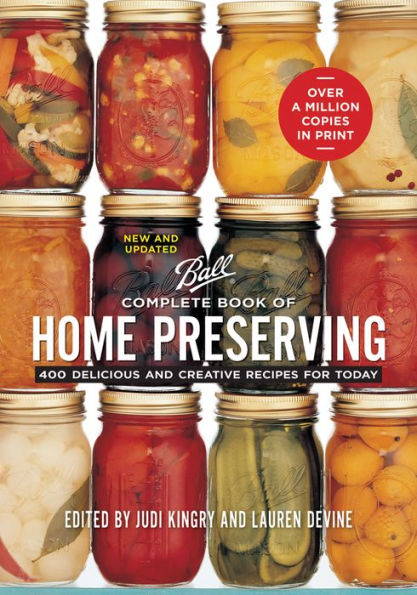Home canning puts the pleasure of eating natural, delicious produce at your fingertips year-round. Preserving food in mason jars might sound old-fashioned, but it is as modern and practical as the latest health food trend or gourmet creation — and it's really quite simple! Home canners enjoy the rewards of numerous homemade meals and snacks, created from just one preserving session. When you preserve food at home, you create products that save you time in day-to-day food preparation, a real blessing given today's hectic lifestyles. Individual home-preserved jars can be opened and served as is, or used to simplify on-the-spot meal and snack preparation.
Like baking, preserving food is a simple step beyond recipe preparation. For home canning, this step is called "heat processing." It is neither difficult nor time-consuming. In fact, the most popular home-preserved foods require less time than baking a cake or a casserole. Unlike baking, the results of home canning sessions do not require space in your refrigerator or freezer. Properly home-canned foods can be stored in your cupboard for up to a year.
During heat processing, mason jars filled with food and fitted with two-piece metal closures are heated, destroying harmful microorganisms that cause food spoilage and creating an airtight seal that prevents contamination during storage. Precise processing techniques, times and temperatures are determined by the acidity of the food being preserved. A full description of the process of home canning, with step-by-step instructions and all the details you need to know to preserve food safely, can be found in The Art and Science of Home Food Preservation, beginning on page 409.
If you're eager to jump right in, the Getting Started chapter (pages 8-18) gives detailed instructions on preparing five versatile home-canned foods: strawberry jam, mint jelly, salsa, corn relish and dill pickles. If you prefer to know all the details before you begin a project, take some time to peruse The Art and Science of Home Food Preservation, and especially the section called Boiling-Water Heat Processing, Step by Step (page 415), before you begin one of the Getting Started recipes.
Happy canning!






